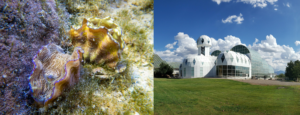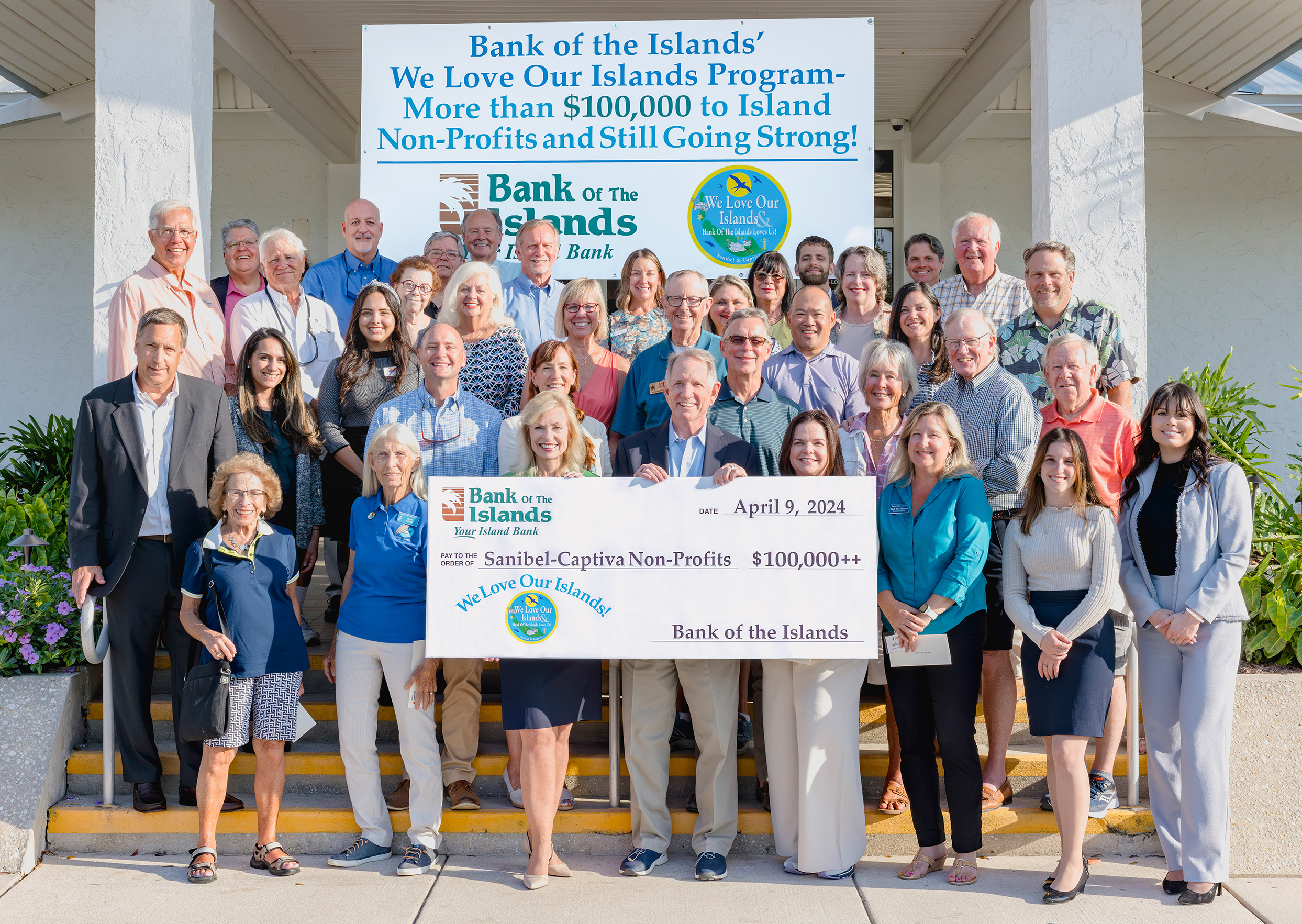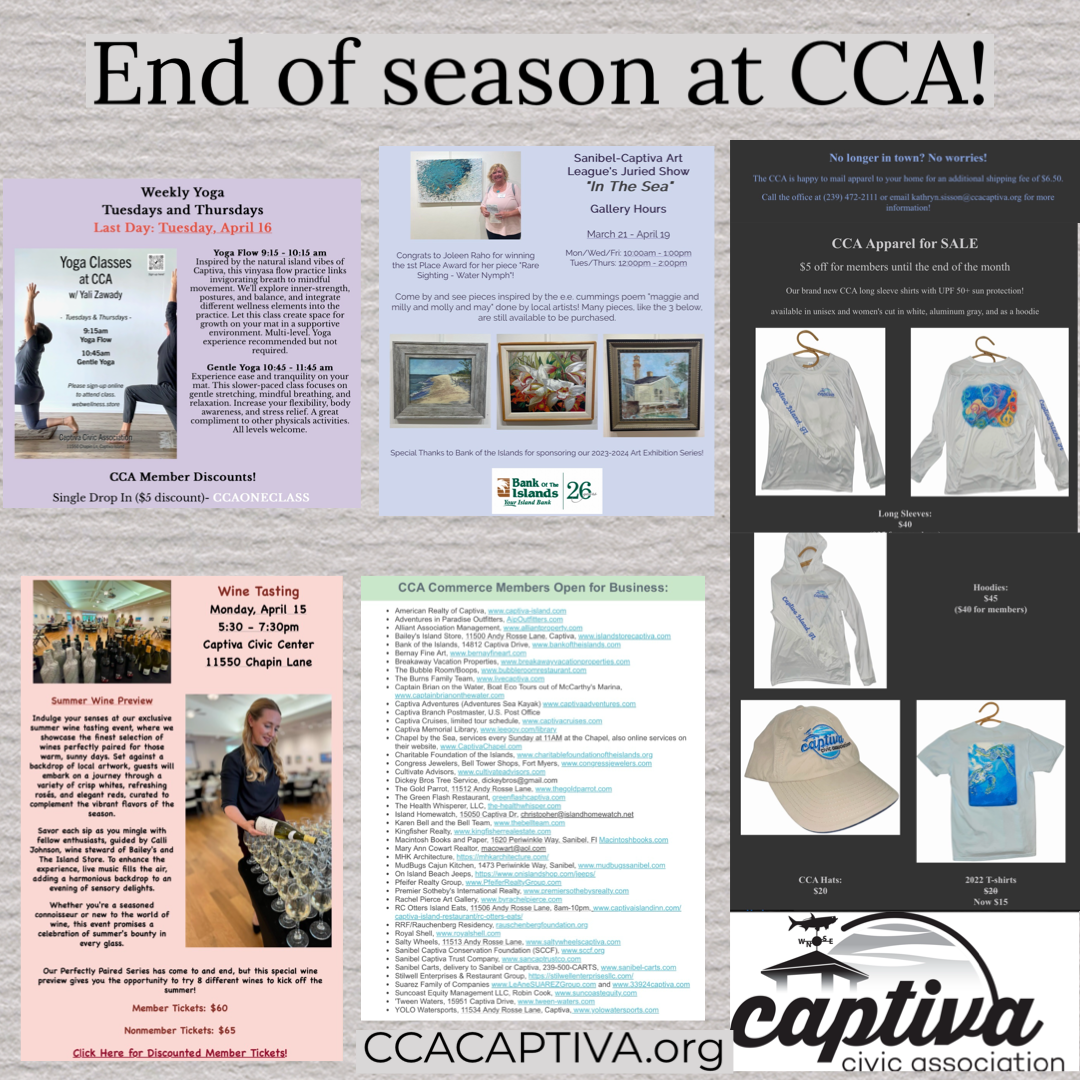 “Why Am I Growing Giant Clams in the Middle of the Arizona Desert?”, the next talk scheduled in the National Shell Museum’s Celebrating 25 Years virtual lecture series, will be held at 5pm on September 16th, 2021. Join Dan Killam, Ph.D., postdoctoral researcher at Biosphere 2, University of Arizona, as he shares insights from his groundbreaking research on the impacts of changing oceans on mollusks.
“Why Am I Growing Giant Clams in the Middle of the Arizona Desert?”, the next talk scheduled in the National Shell Museum’s Celebrating 25 Years virtual lecture series, will be held at 5pm on September 16th, 2021. Join Dan Killam, Ph.D., postdoctoral researcher at Biosphere 2, University of Arizona, as he shares insights from his groundbreaking research on the impacts of changing oceans on mollusks.
Giant clams are special among bivalve mollusks in using symbiotic algae within their bodies to speed up their growth, like corals do, yet little is understood of how they will fare in the face of climate change and ocean acidification. To look into the future and explore these questions further, Dr. Killam is growing smooth giant clams in a 700,000-gallon coral reef tank of the Biosphere 2 in Arizona to understand how they manage to grow their shells so quickly. In the Biosphere 2 “ocean”, juvenile giant clams have more than doubled in size in just one year and will eventually reach two feet long.
The controlled conditions of the Biosphere 2 ocean reef tank provide a perfect setting to explore and experiment. As with corals, the partnership between giant clams and their internal algae only works within a narrow range of temperatures and pH levels. As the oceans grow warmer and more acidic, this relationship will be put under stress, reducing their growth.
Register for this free virtual lecture at ShellMuseum.org/lecture-series. The Celebrating 25 Years lecture series will conclude with Shell Dressed: Seashells in Fashion and Jewelry on September 28th and Spooky Mollusks and Other Evils of the Deep: A Halloween Special on October 20th.
About the Museum: The Bailey-Matthews National Shell Museum is a Natural History Museum, and the only museum in the United States devoted solely to shells and mollusks. Its mission is to use exceptional collections, aquariums, programs, experiences, and science to be the nation’s leading museum in the conservation, preservation, interpretation, and celebration of shells, the mollusks that create them, and their ecosystems. Permanent exhibitions on view include the Great Hall of Shells which displays highlights of the Museum’s collection of some 500,000 shells, as well as the Beyond Shells living gallery of aquariums and over 50 species of marine life. For more information on the Museum, please visit ShellMuseum.org or call (239) 395-2233.





